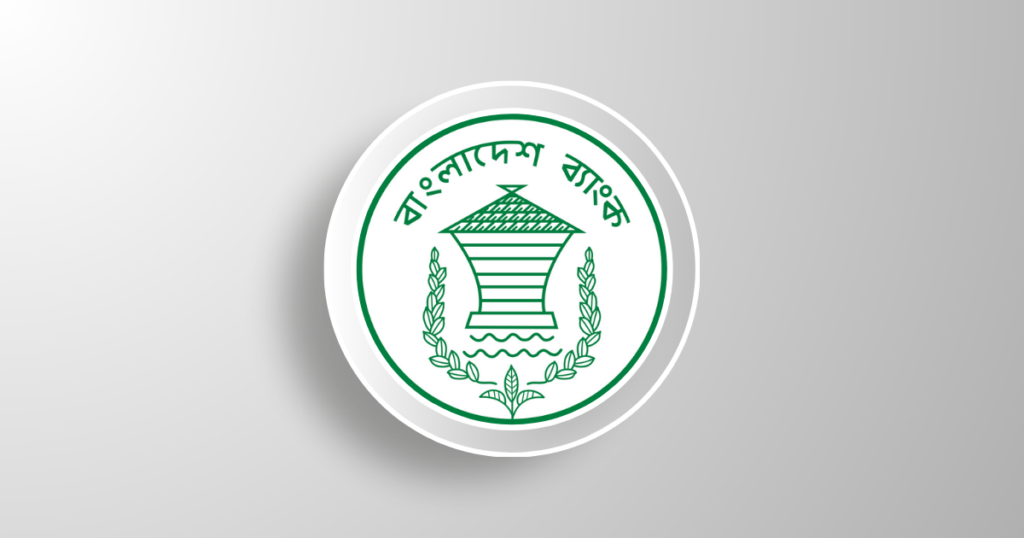The Bangladesh Bank has implemented a 25 basis points hike in the policy rate, raising it from 7.75% to 8% as part of the newly unveiled monetary policy for the second half (January-June) of FY24.
Bangladesh Bank Governor Abdur Rouf Talukder announced a contractionary policy stance aimed at tightening the money supply to address inflation concerns. The central bank introduced a new exchange rate mechanism called the crawling peg. To curb money supply and private sector credit growth, all monetary targets were downgraded, reducing the target for June to 10% from the existing 11%. Challenges such as global fuel price dynamics, Middle East instability, international commodity prices, inflation control, exchange rate stability, and non-performing loans were highlighted by the central bank.
The policy was disclosed less than a week after the formation of the new government, with Prime Minister Hasina emphasizing the government’s commitment to combating inflation. Bangladesh Bank spokesperson Mezbaul Haque noted the continuation of the contractionary trend to control inflation and emphasized the bank’s focus on corporate governance to ensure depositor security.
Despite measures taken to control inflation to 8% by December, recent data from the Bangladesh Bureau of Statistics indicates that inflation stood at 9.41% in the month. The central bank governor expressed hope that inflation would decrease to 6% by June 2024. In the first half of FY24, the shift from a money supply-based to an interest rate-based monetary policy saw a 50 basis points increase in the repo rate to 6.5%.
However, multiple increases in the policy rate over the last six months reflect challenges in controlling inflation. The monetary policy for the first half of FY24 included reforms such as a policy interest rate corridor, reference interest rate for lending, exchange rate unification, and a revised method for calculating gross international reserves.

